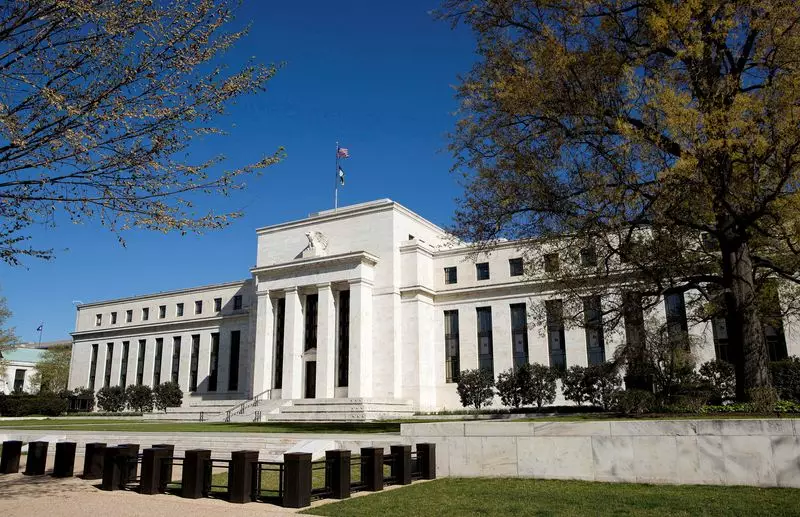The recent announcement by U.S. bond giant PIMCO regarding a revision of its expectations for interest rate cuts by the Federal Reserve has caught the attention of many market participants. This shift in outlook comes on the heels of stronger-than-expected job creation data in the U.S. economy, prompting a reevaluation of the anticipated number of rate cuts this year.
According to Mike Cudzil, managing director and generalist portfolio manager at PIMCO, the firm had previously predicted two to three rate cuts in 2021. However, based on the latest data, they have now adjusted their forecast to most likely anticipate two cuts over the course of the year. This adjustment reflects a more optimistic view of the economy’s ability to withstand higher interest rates than previously thought.
Following the release of the March nonfarm payrolls report, which indicated an increase of 303,000 jobs compared to expectations of 200,000, U.S. Treasury yields experienced a notable jump. This reaction was accompanied by a reduction in market expectations for rate cuts, with the probability of a 25 basis point cut in June declining from 59% to 51%.
PIMCO’s decision to maintain an underweight position in duration over the past few months was driven by their belief that the market was overly optimistic about the number of rate cuts expected this year. Traders who previously anticipated a total of 150 basis points in cuts by 2024 have scaled back their projections to 67 basis points, aligning more closely with the asset manager’s forecast.
Despite the revised expectations for interest rate cuts, there remains divergence among market participants regarding the exact number of cuts to anticipate. While some continue to stick to their prediction of three rate cuts this year, others like BlackRock’s chief investment officer of global fixed income, Rick Rieder, see the recent data as nudging the forecast towards two cuts.
Analysts at BofA Securities interpret the strong job growth as a sign that the Fed may begin easing monetary policy as early as June. They argue that an expansion of the workforce could lead to stronger economic growth without generating inflationary pressures. However, they caution that wage containment will be crucial in ensuring a balanced economic outlook.
As market participants continue to digest the latest data and adjust their expectations accordingly, the path of interest rates remains uncertain. The evolving economic landscape, coupled with the Fed’s upcoming decisions, will likely shape investor sentiment and portfolio positioning in the months ahead. It is essential for investors to stay vigilant, monitor key economic indicators, and remain adaptable to navigate the dynamic market environment successfully.

